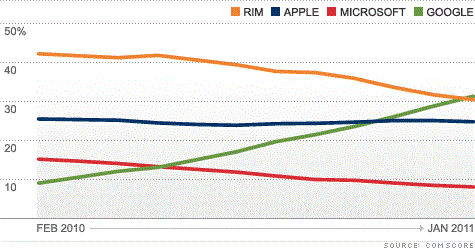When thinking about rescission, one sees the society as
whole battling with economical down turns. It is the general perception that
rescission leaves its negative marks on all levels of society. Interestingly enough,
there are many businesses who flourish at rescission periods. The blog,
Renovating McDonald’s Brand Image, by Heena Ahuja briefly looks at one of these
businesses and explores their new plan to maximize the benefits of rescission. To
better understand McDonald’s new strategies we must better understand the
customers’ behaviour when it comes to their daily delights! To simplify this we
can look at McCafe’s biggest competitor, Starbucks. There are two reasons why
people spend so much money at Starbucks, they are either addicted to certain
quality that Starbucks provides or they are addicted to the trend of holding a Starbucks
cup. When rescission hits, both groups will need to make adjustments. The group
addicted to the trend will be the first looking for an alternative as trends
seem to lose their sparks in rescission periods. The group addicted to the quality
will fight longer, but eventually even they will find it hard to spend over $5
on a caffeinated beverage. McDonald with its McCafe line up is trying to be
that alternative. Without challenging any of its main competitors over quality,
it has directly focused on what matters the most to people these days, LOW
PRICES. The massage is loud and clear: buy your daily delight from us, the
quality might not be the best, but for the money you save it’s more than enough!

Monthly Archives: November 2011
Full Circle
In Mass Customization, Claire Brayshay takes an interesting
look at market cycles and the movement from mass marketing to high
personalization and alternating to individual needs. The importance of personalized products and services can be easily seen looking at the cell phone or in particular
smartphone industry. When IPhone was launched, Apple enjoyed high sales due to
its many competitive advantages such as early entrance. Soon after many companies followed and created products that were extremely similar when it came to hardware. At this point the needed competitive advantage could only be created by designing a superior software. In 2008 Apple, Blackberry and HTC started a new battle over the control of the smartphone market. Apple launched the IPhone 3G, BlackBerry Launched the Bold 9000 and HTC launched Dream and Magic that were based on Android platform. I, as Rogers’s sales representative (Rogers was the only company that had all three phones) at the time, used to make the following distinctions:
- Blackberry is highly personalisable, especially
in areas important to business users, but it’s hard to use. - IPhone is extremely entertaining and simple to
use, but not personalisable. - Android is highly personalisable and easy to use,
but it is very new and glitches are not known.
To no one’s surprise Blackberry and IPhone dominated the
sales that year and left the Android devices in dust. Despite this failure, many
other cell phone producers such as Samsung and LG became intrigued with Android
interface as it was extremely user friendly (what Blackberry was missing) and
highly personalisable (what IPhone was missing). Three years later, in 2011,
Samsung Released Galaxy S II which was called the world’s first super phone and managed to sell ten million units in 6 month. Anroid Platform as of Last month has gained higher market share than both BlackBerry and Apple.

